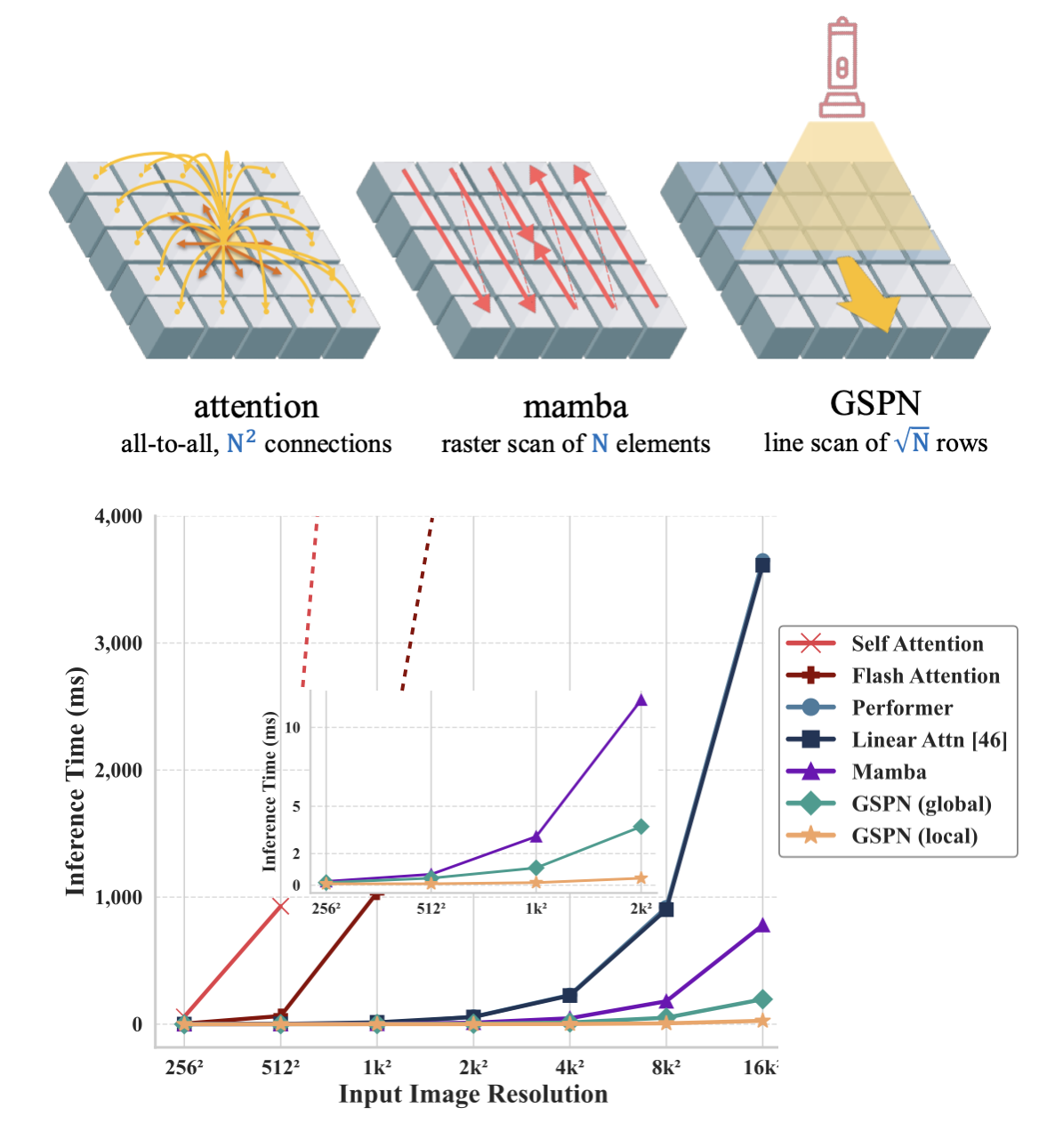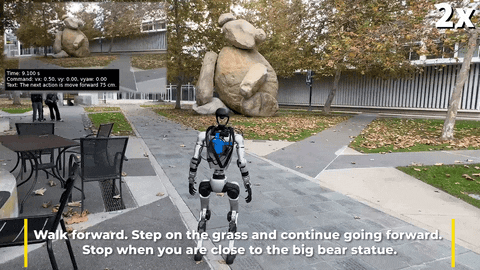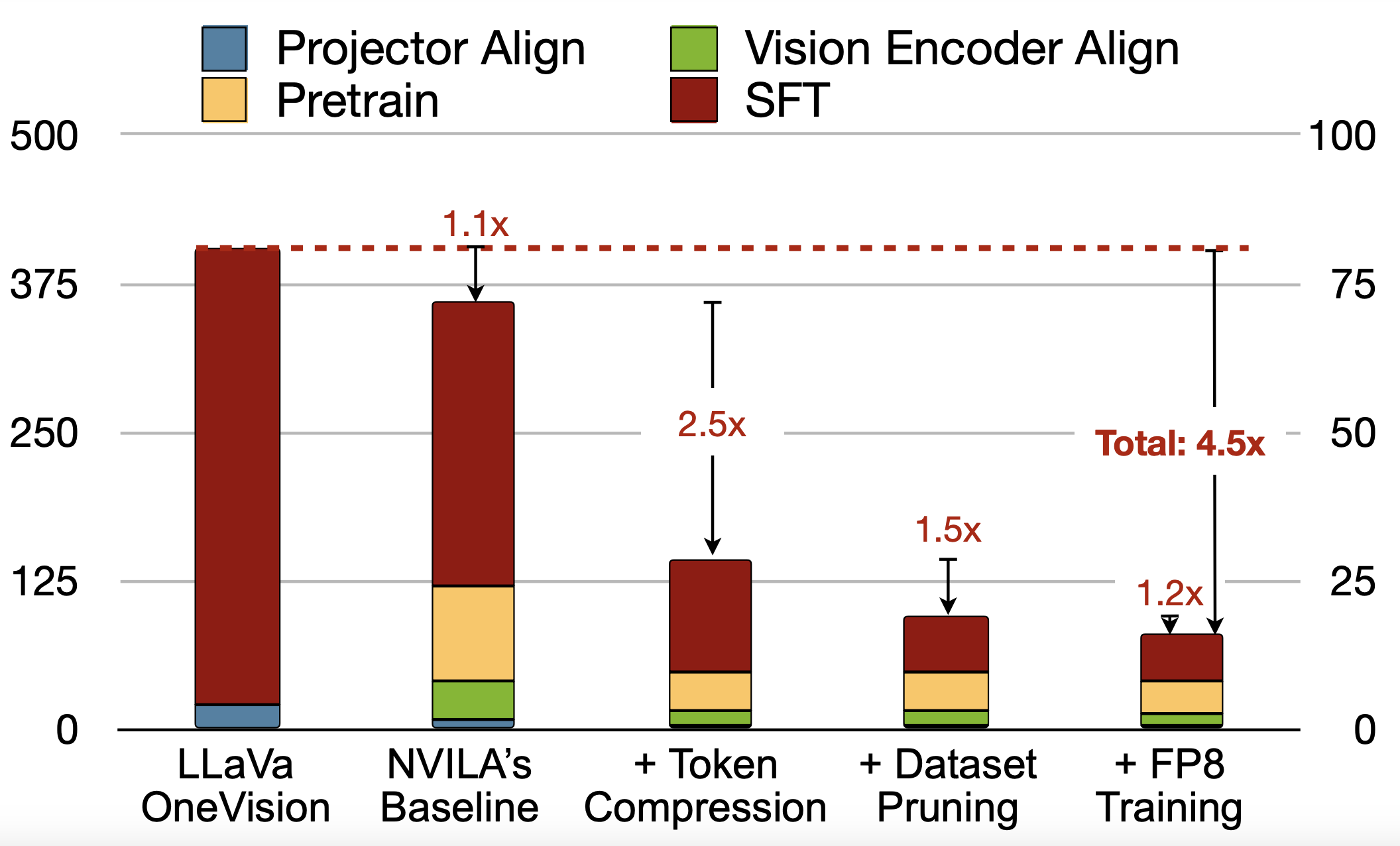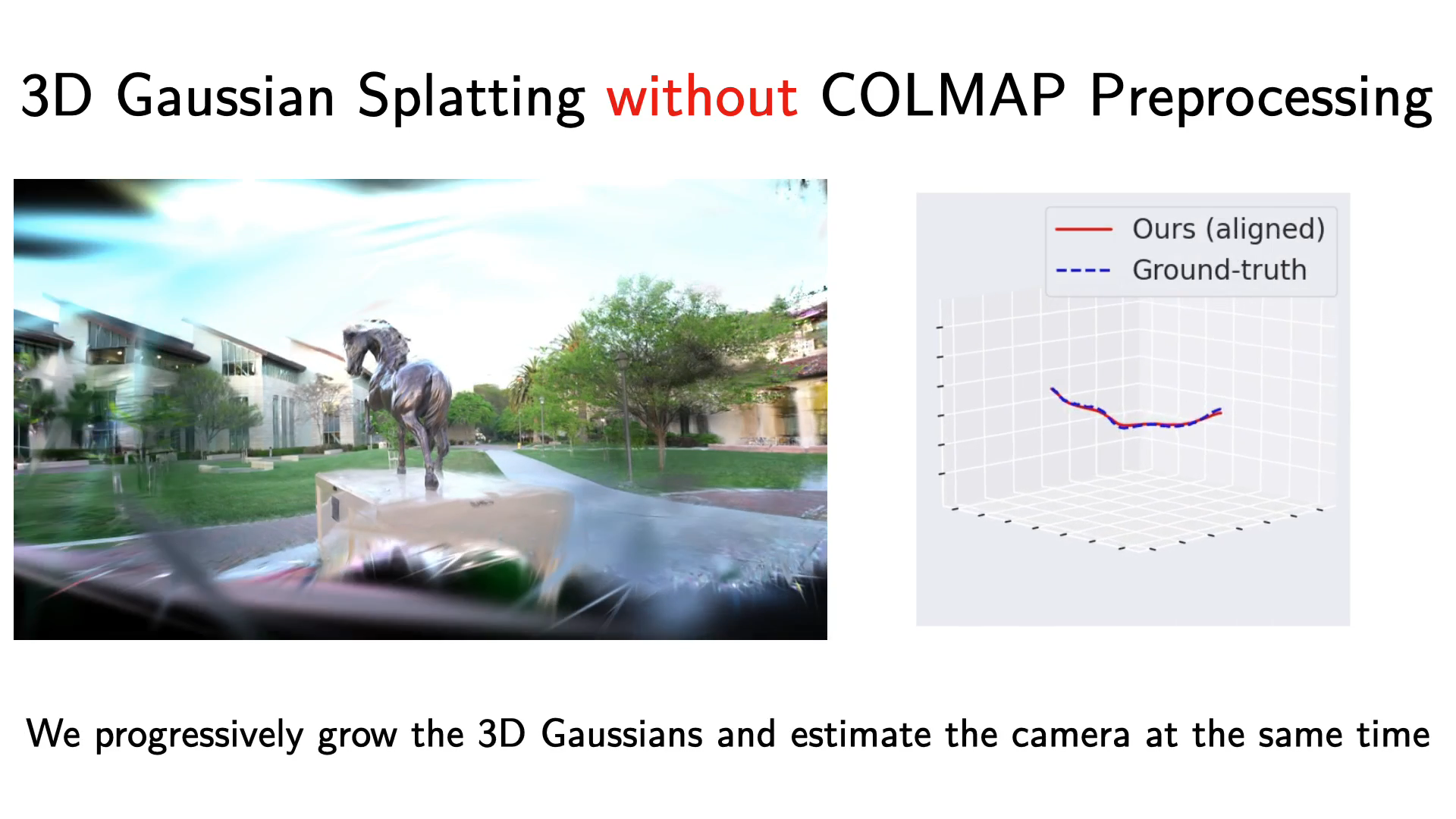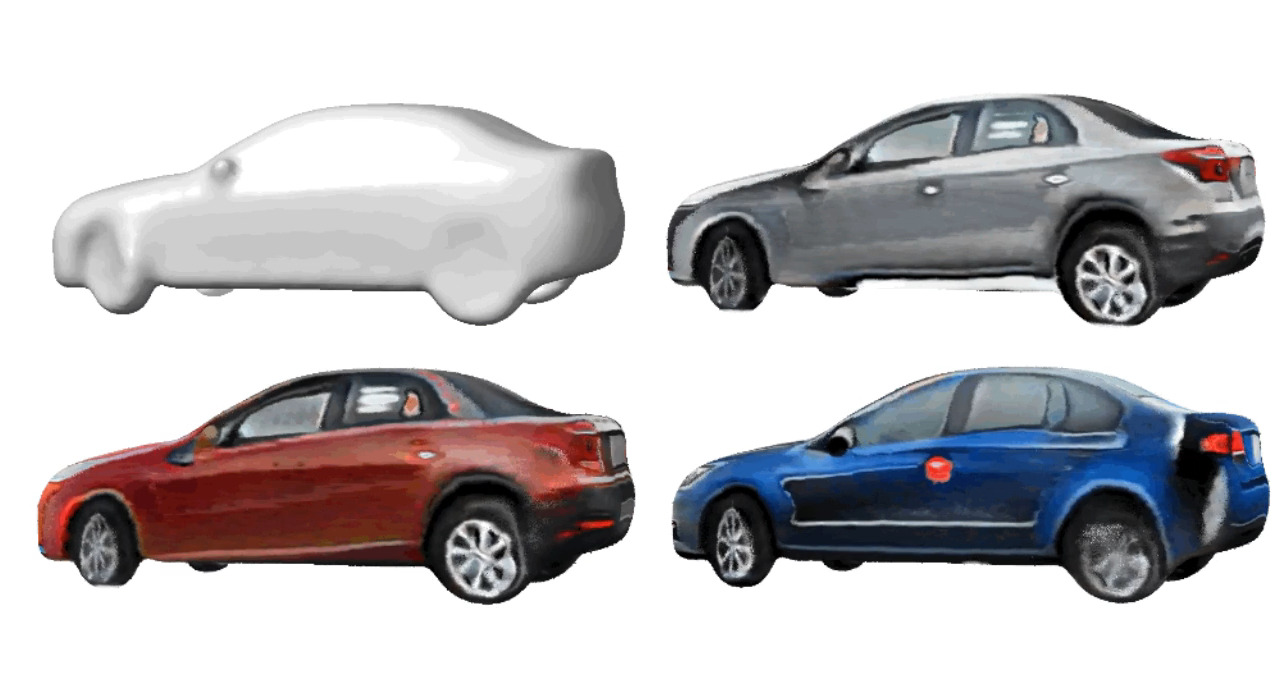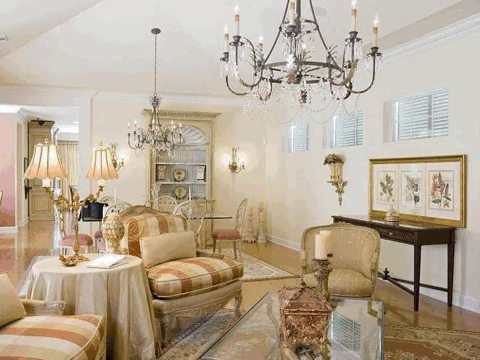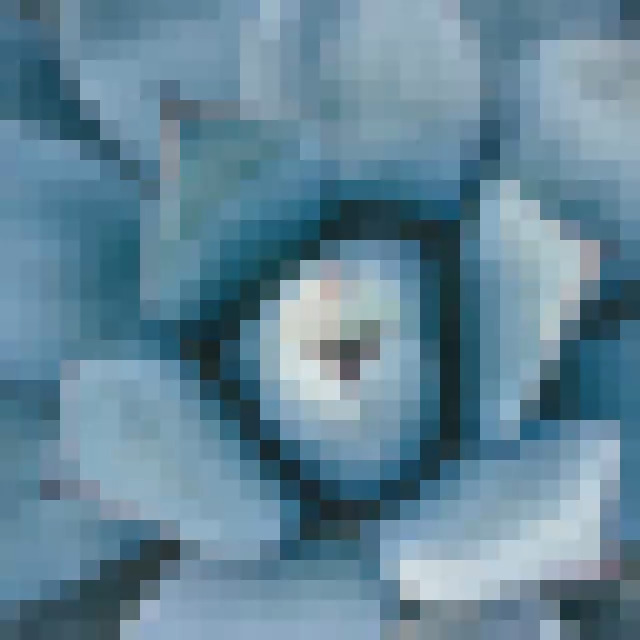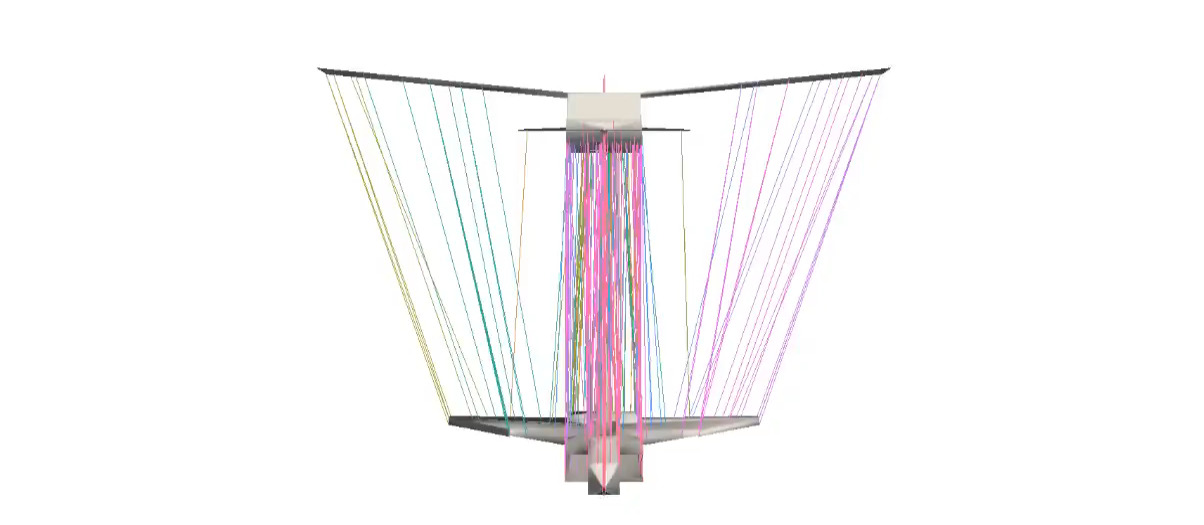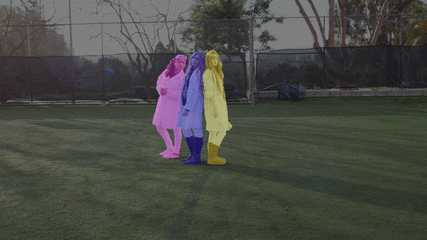- Mar 2025: SpatialRGPT was demoed at GTC 2025 as a part of Agentic AI for Physical Operations!
- Feb 2025: We release the GSPN, a fast vision attention module that accelerates Stable Diffusion inference 84x. Stay tuned for more details!
- Feb 2025: 5 papers was accepted to CVPR 2025! Stay tuned for more updates!
- Jan 2025: We released the NaVILA, a navigation agent that can navigate in a 3D environment with a language instruction.
- Dec 2024: We presented CosAE at NeurIPS 2024! Stay tuned for code release.
- Oct 2024: We released the SpatialRGPT code, datasets, and models! Welcome to try demos!

Hello, I'm Sifei Liu
I currently hold the position of a staff-level Senior Research Scientist at NVIDIA, where I am part of the LPR team led by Jan Kautz. My work primarily revolves around the development of generalizable visual representation learning for images, videos, and 3D content. Prior to this, I pursued my Ph.D. at the VLLAB, under the guidance of Ming-Hsuan Yang.
Over the years, I’ve been fortunate to receive several prestigious awards and recognitions. In 2013, I was honored with the Baidu Graduate Fellowship. This was followed by the NVIDIA Pioneering Research Award in 2017, and the Rising Star EECS accolade in 2019. Additionally, I was nominated for the VentureBeat Women in AI Award in 2020.
